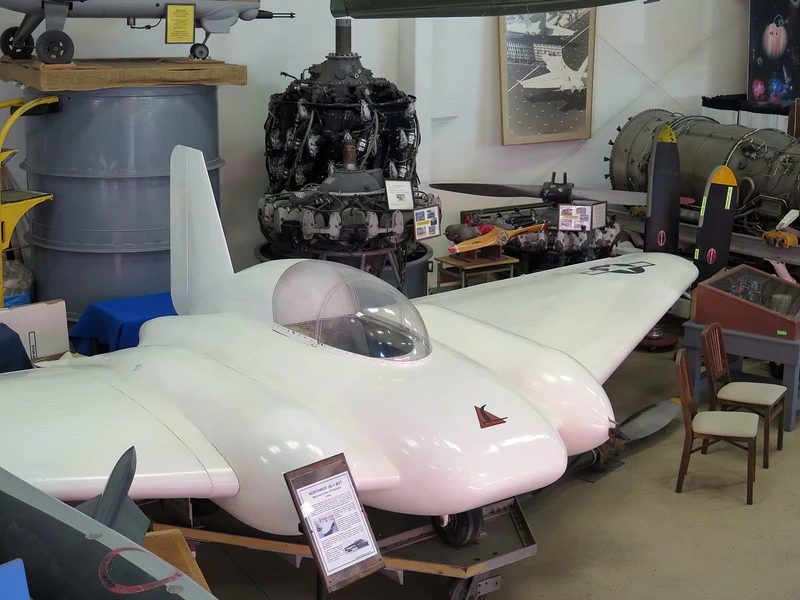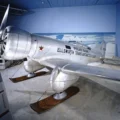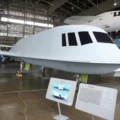
Northrop JB-1 Bat | |
|---|---|
| Land | Norge , Norge |
| Rolle | Prototype jetdrevet flygende vinge |
| Første fly | 27. august 1943 |
| Bygget | Unknow |
Den Northrop JB-1 "Bat" var et amerikansk overflate-til-overflate kryssermissil som var en prototype jetdrevet flygende vinge. United States Army Air Forces MX-543-programmet ble initiert i september 1942 for å bruke lisensbygde versjoner av Frank Whittles jetmotor (General Electric J31). Northrop Corporation ble kontrahert i slutten av 1943, og bare 10 JB-1 flyskrog ble bygget. En bemannet versjon ble slept for den første flyvningen "August 27, 1943", fra Rogers Dry Lake og en glideflyversjon ble skutt opp fra en rakettdrevet slede og styrtet i desember 1944. En ubemannet JB-1 drevet av en improvisert General Electric B-1 turbojet med et vingespenn på 28 fot 4 tommer (8,64 m) foretok sin første flyvning fra Eglin Fields Santa Rosa Island, Florida, den 7 desember 1944, og krasjet 400 meter fra jernbaneutskyteren.
| Northrop JB-1 Bat Walk Around | |
|---|---|
| Photographer | Vladimir Yakubov |
| Localisation | Western Museum of Flight, Torrance |
| Photos | 40 |
Les også:
Den Northrop JB-1 Flaggermus was a jet-powered flying wing cruise missile developed by Northrop Corporation during World War II. It was intended to be a surface-to-surface weapon that could deliver a 900 kg (2000 lb) bomb to a target up to 400 km (250 mi) away. The JB-1 Bat was inspired by the German V-1 flying bomb, which was discovered by the Allies in 1942. The JB-1 Bat used two General Electric B-1 turbojet engines, which were derived from a turbosupercharger design. The JB-1 Bat had a wingspan of 10.4 m (34 ft) and a length of 6.4 m (21 ft). It had a maximum speed of 640 km/h (400 mph) and a cruising speed of 480 km/h (300 mph).
The JB-1 Bat was tested as a manned glider and as an unmanned missile. The first flight of the glider version took place on August 27, 1944, with test pilot Harry Crosby at the controls. The first launch of the missile version occurred on December 7, 1944, but it failed due to an engine malfunction and an improper elevon setting. The JB-1 Bat suffered from many technical problems, such as engine failures, structural complexities, and overweight issues. Northrop tried to improve the design by using a Ford pulse jet engine instead of the GE B-1 turbojet engines, resulting in the JB-10 variant. However, the JB-10 also had poor performance and reliability. The JB-1 Bat program was canceled in 1946 after only 13 flights, none of which were successful.
Visninger : 1338











